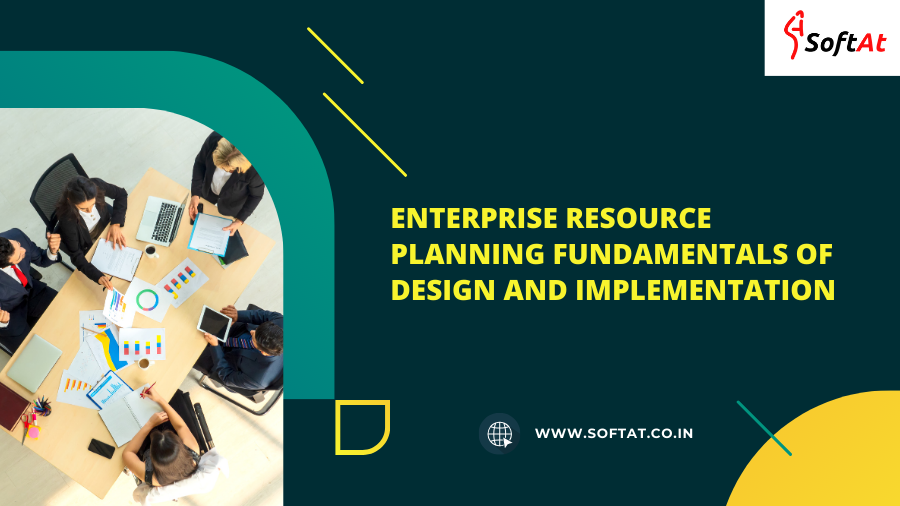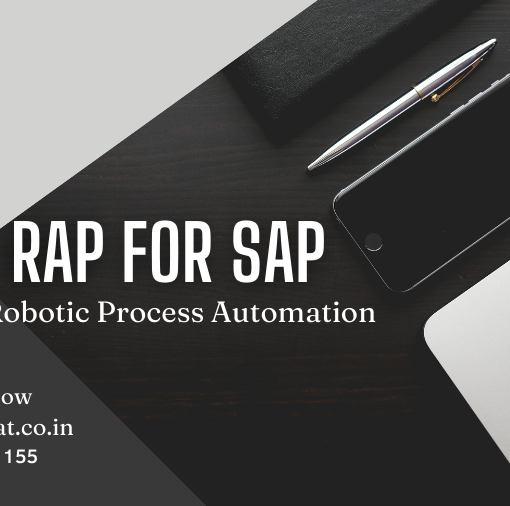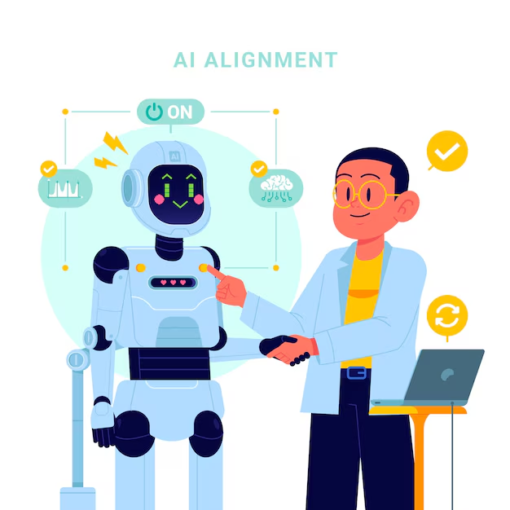Introduction: Unraveling the Essence of Enterprise Resource Planning
In the fast-paced landscape of modern business, the term Enterprise Resource Planning Fundamentals of design and implementation has become synonymous with efficiency and seamless integration. This article aims to demystify the fundamentals of designing and implementing ERP systems, providing a comprehensive guide for businesses venturing into this transformative journey.
Understanding ERP: A Comprehensive Overview
Deciphering the Acronym
ERP, short for Enterprise Resource Planning, is a software solution that integrates various business functions and processes into a unified system.
Essential Components
Exploring the core components that constitute a robust ERP system, from modules to databases.
Designing ERP Systems: Building the Foundation for Success
Tailoring for Specific Needs
Understanding the importance of customizing ERP systems to align with the unique requirements of an organization.
Scalability and Flexibility
Exploring the design principles that ensure ERP systems can grow and adapt as businesses evolve.
Challenges in ERP Design and Implementation: Navigating the Complexities
User Adoption Challenges
Addressing the human factor and strategies to overcome resistance during ERP implementation.
Data Migration Considerations
Navigating the intricacies of transferring data from existing systems to the newly designed ERP framework.
Implementing ERP Systems: A Strategic Approach
Phased Implementation
Opting for a phased approach to implementation to minimize disruptions and ensure a smoother transition.
Training and Change Management
Investing in comprehensive training programs and change management strategies to facilitate user adoption.
Measuring Success: Key Metrics in ERP Implementation
Operational Efficiency
Assessing improvements in day-to-day operations and workflow efficiency post-ERP implementation.
Return on Investment (ROI)
Evaluating the financial benefits and cost-saving aspects derived from successful ERP adoption.
The Future of ERP: Trends and Innovations
Cloud-Based Solutions
Exploring the trend towards cloud-based ERP systems and their impact on accessibility and scalability.
Integration with Emerging Technologies
Understanding how ERP systems are integrating with emerging technologies like AI and IoT for enhanced functionality.
Conclusion: Charting the Path to Organizational Excellence
In conclusion, “Enterprise Resource Planning Fundamentals of design and implementation” are pivotal steps towards organizational excellence in the digital age. By understanding the challenges, making informed design choices, and prioritizing user adoption, businesses can unlock the true potential of ERP systems.
Frequently Asked Questions
- Q: How long does it take to design and implement an ERP system?
- A: The timeline varies based on the size and complexity of the organization, but it typically ranges from several months to a year.
- Q: Can small businesses benefit from ERP system implementation?
- A: Absolutely. Tailored ERP solutions can bring significant operational improvements and cost savings, even for small businesses.
- Q: What role does top management play in successful ERP implementation?
- A: Top management plays a crucial role in providing leadership, support, and ensuring alignment between ERP implementation and organizational goals.
- Q: Are there ongoing costs associated with ERP system maintenance?
- A: Yes, there are ongoing maintenance costs, but they are typically outweighed by the long-term benefits in operational efficiency and cost savings.
- Q: How can businesses ensure data security during ERP implementation?
- A: Data security is a priority, and encryption, secure data transfer protocols, and access controls are implemented to safeguard information.
Read More:





